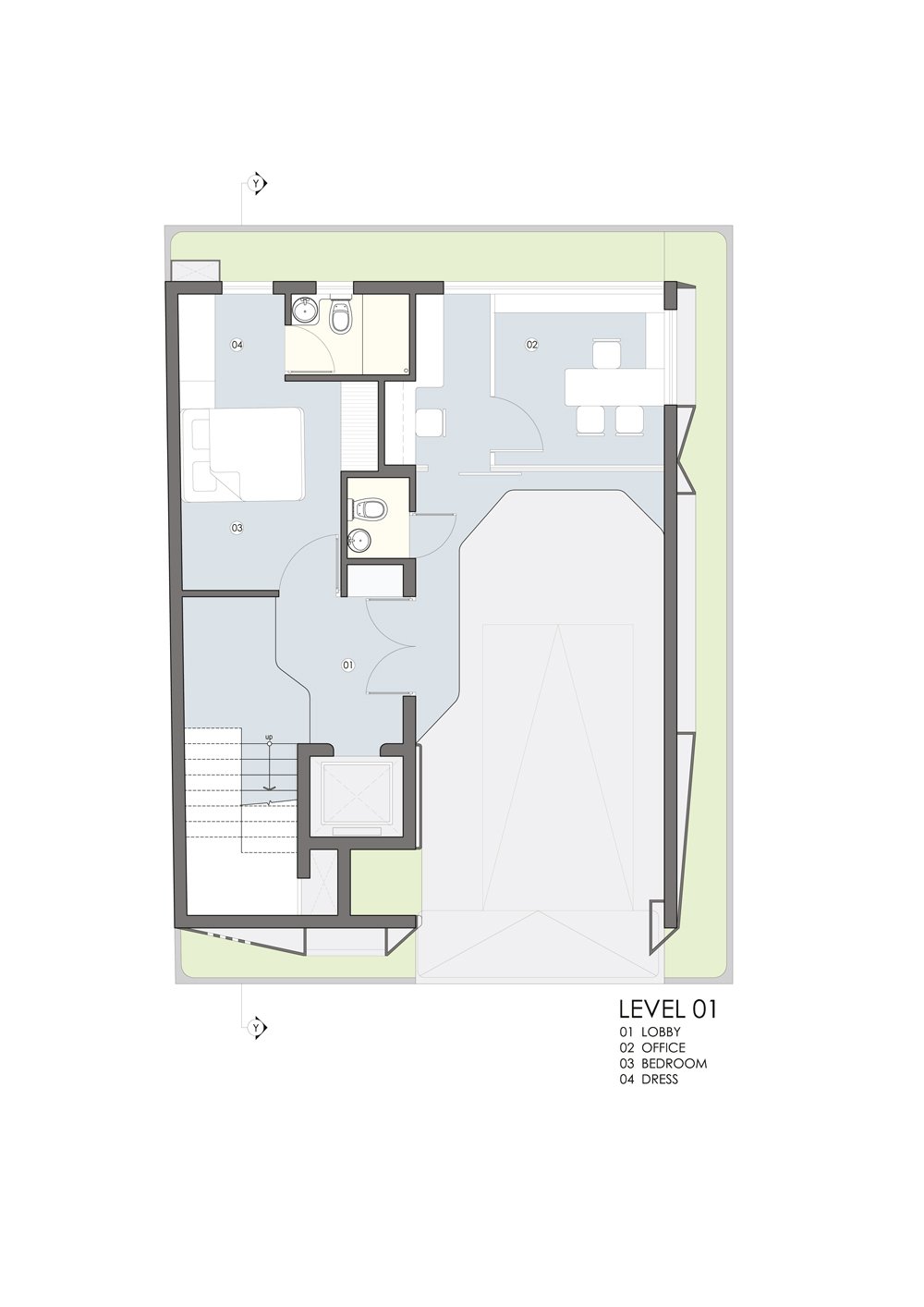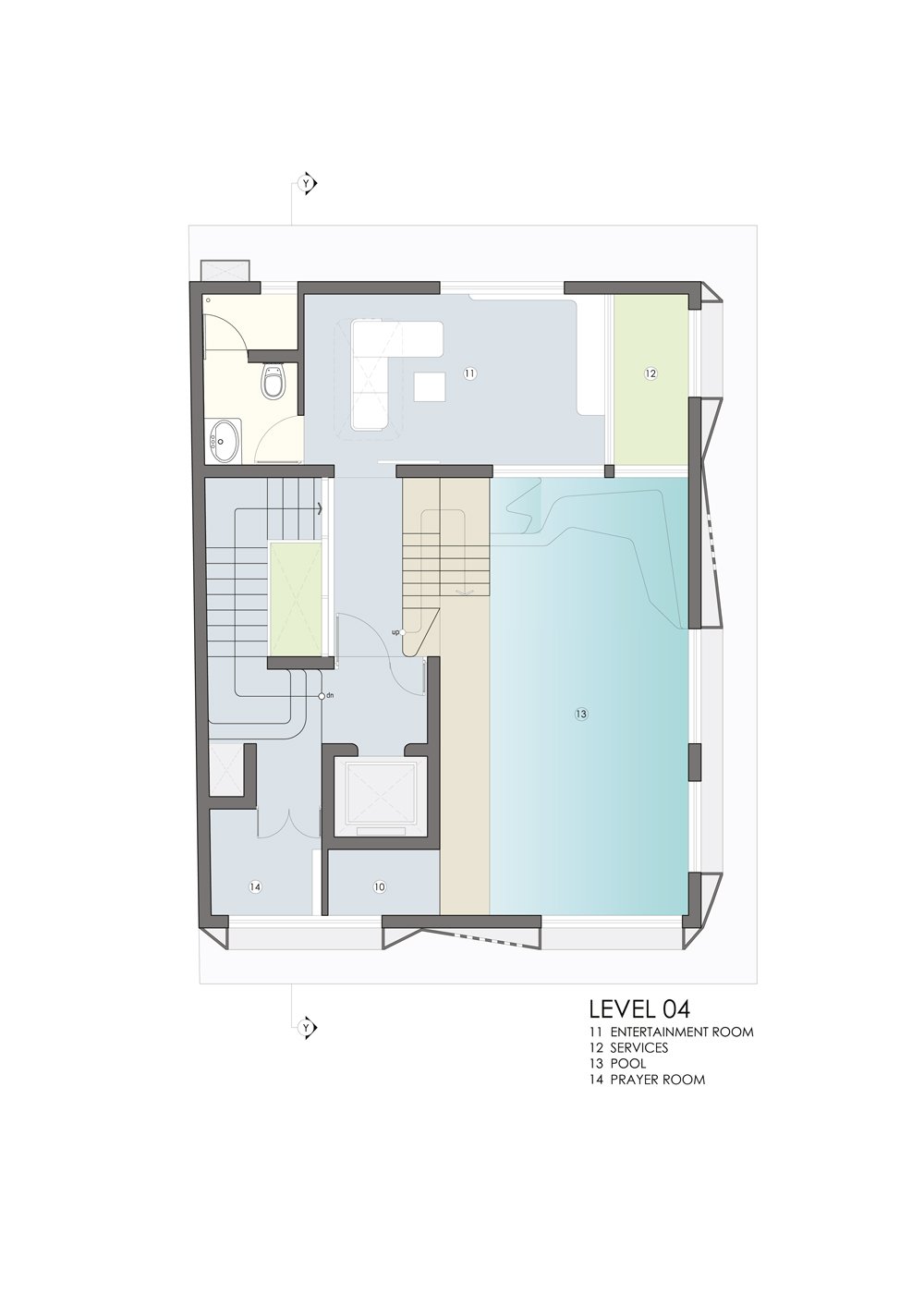It’s not every day that we get to present a unique and impressive residence such as the S-House. This modern home can be found in Chennai, India, and it was designed by a company called SDeG, whose experts ensured that its exterior appearance would flaunt a futuristic, modern allure. This wavy design was created using a concrete envelope that features thick, twin walls as well as a series of air gaps, which are meant to ensure proper ventilation and thermal balance.
The main materials that were used in the building process involved steel sheets, fiberglass, wood and cast-in-situ ferroconcrete. The project was completed successfully thanks to the skill and dedication of numerous masons, especially since mechanized procedures were rarely employed throughout the construction endeavor.
The S-House features an internal courtyard as well as several cantilevered treads that link the social and private spaces while leading the way towards the special media room and pool on the roof. Spacious, welcoming and modern, the S-House by SDeG is a remarkable place to call home.
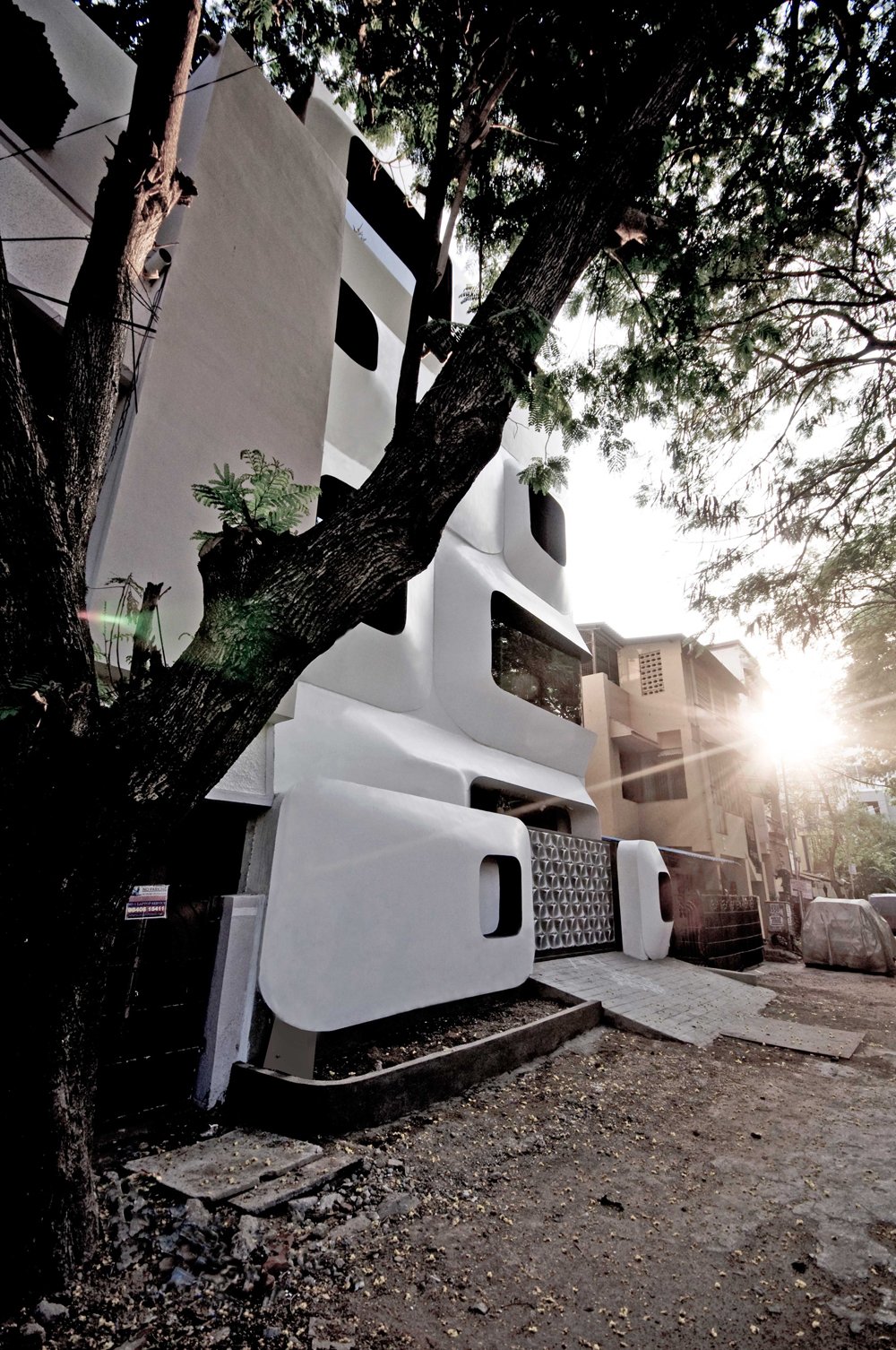
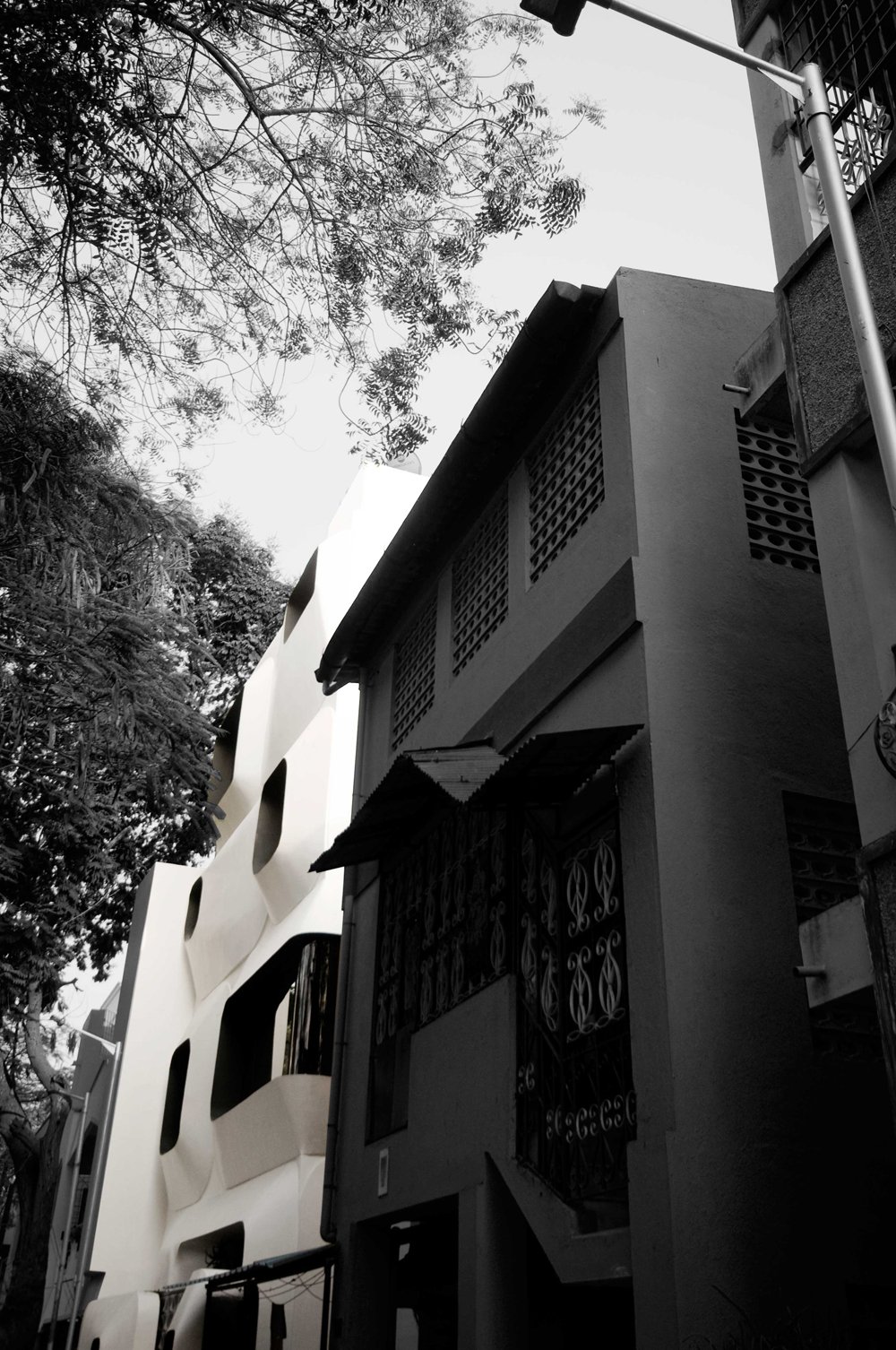
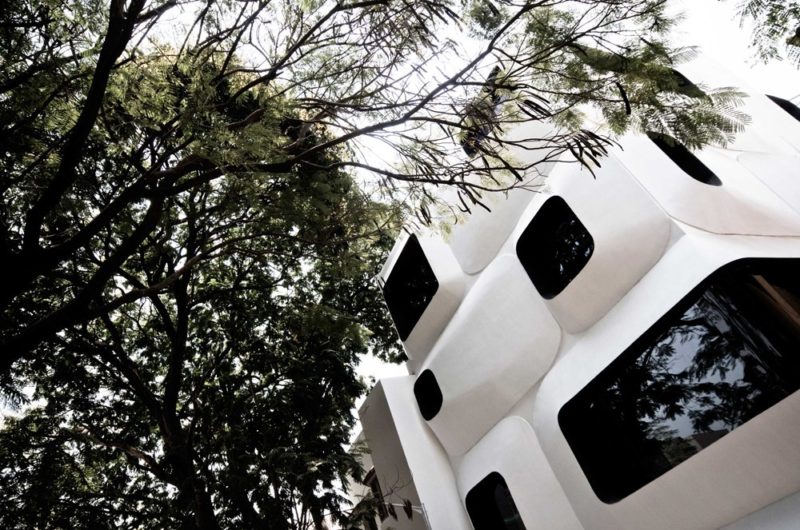
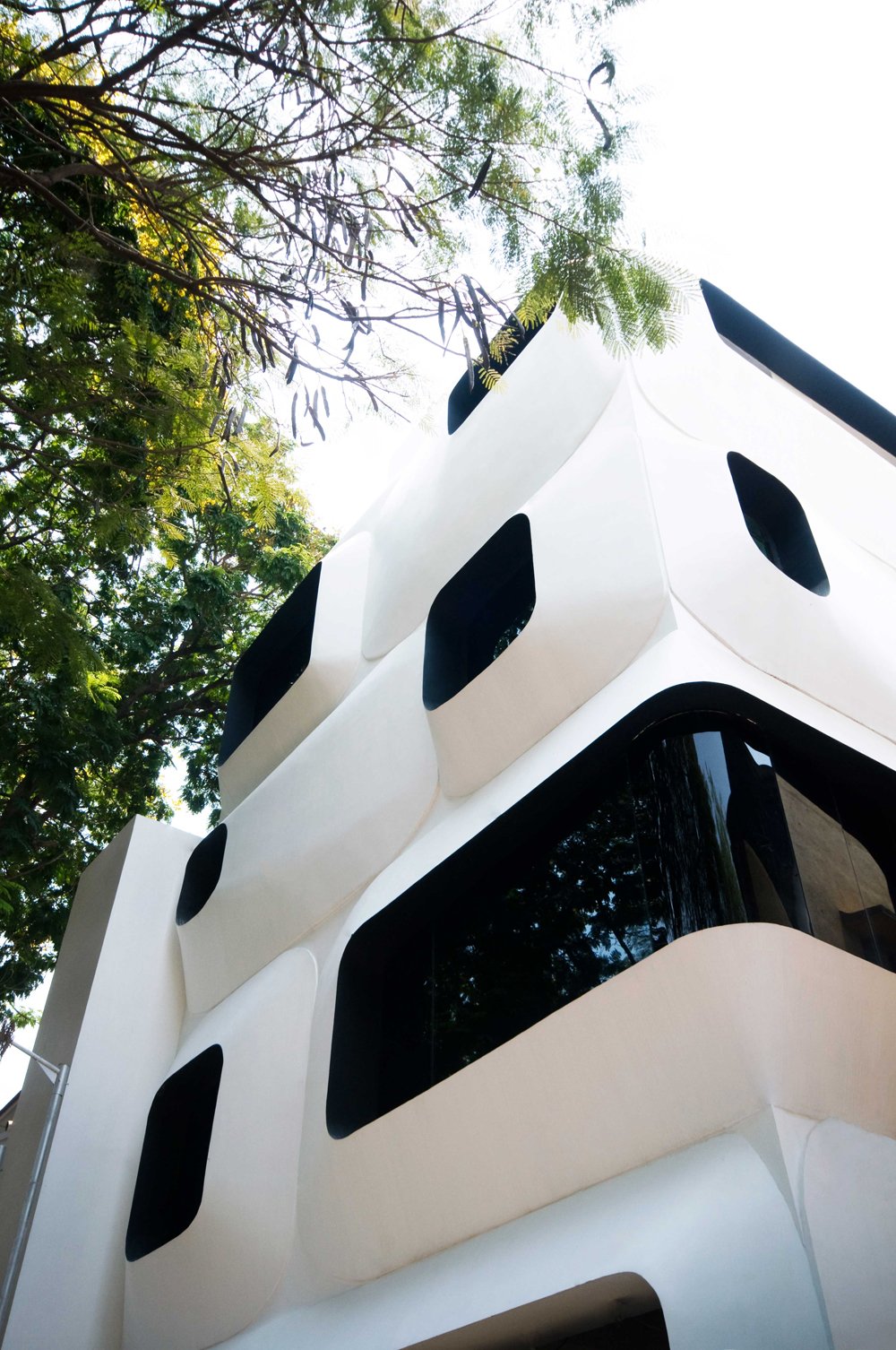
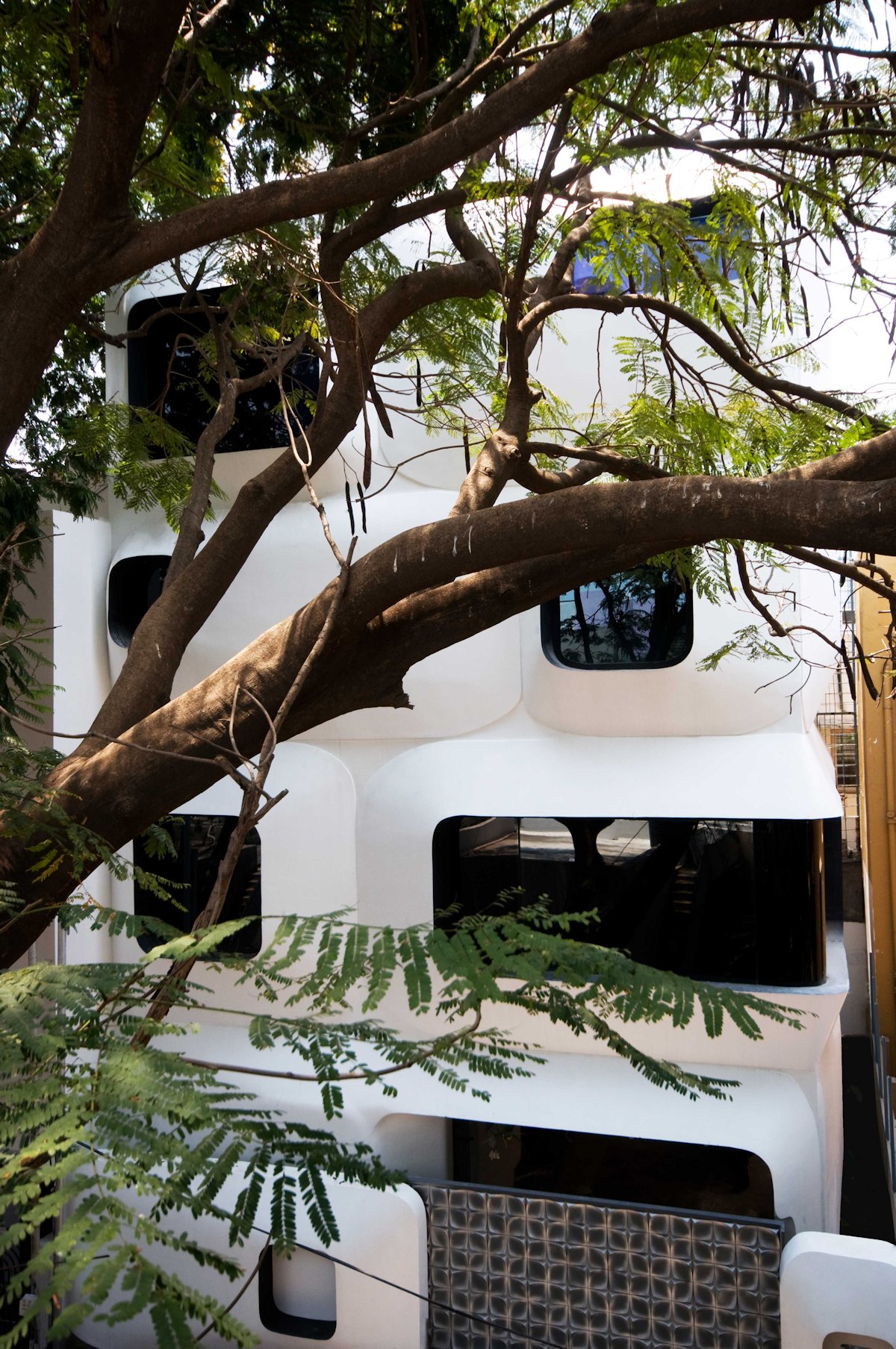
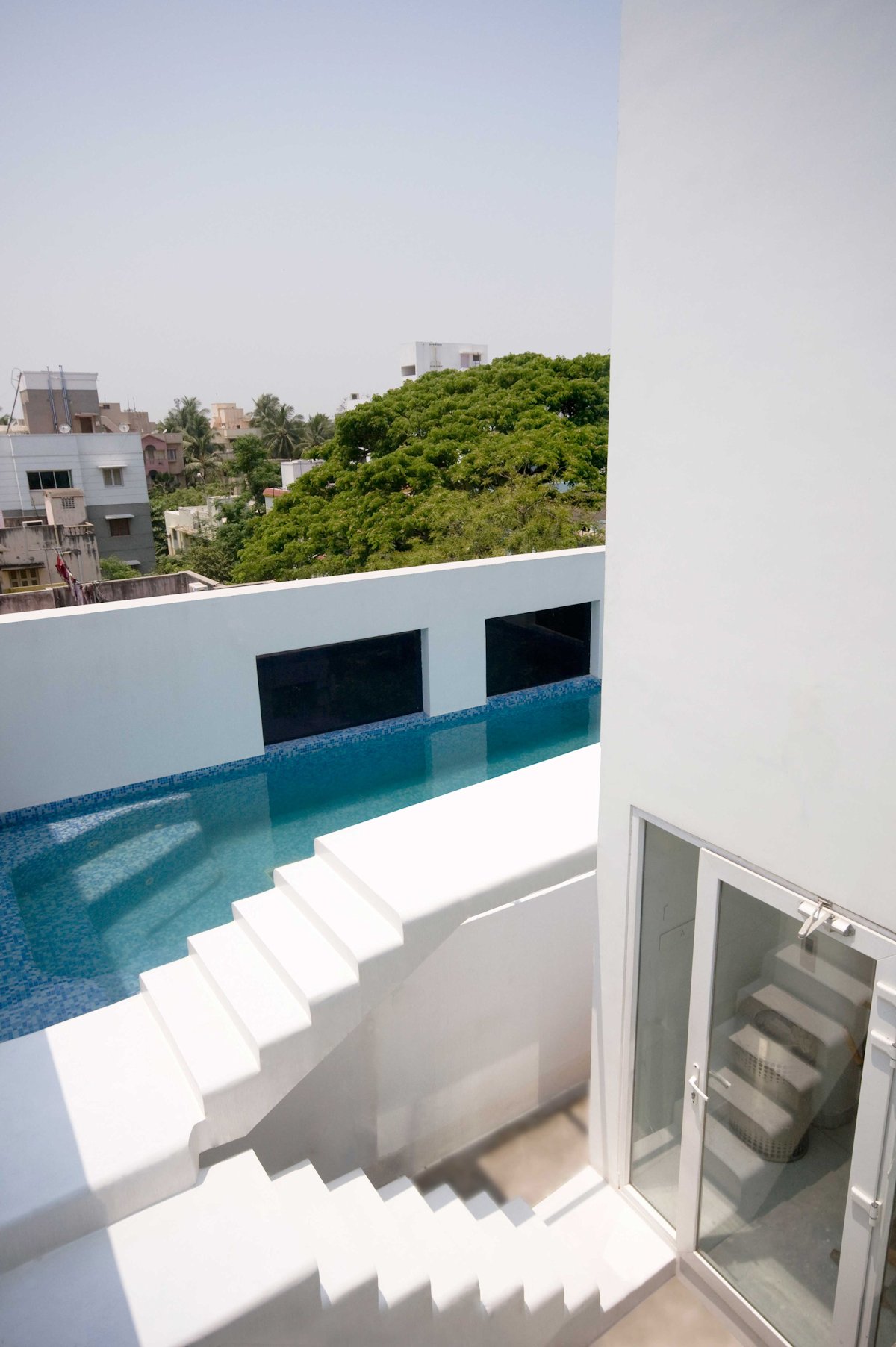
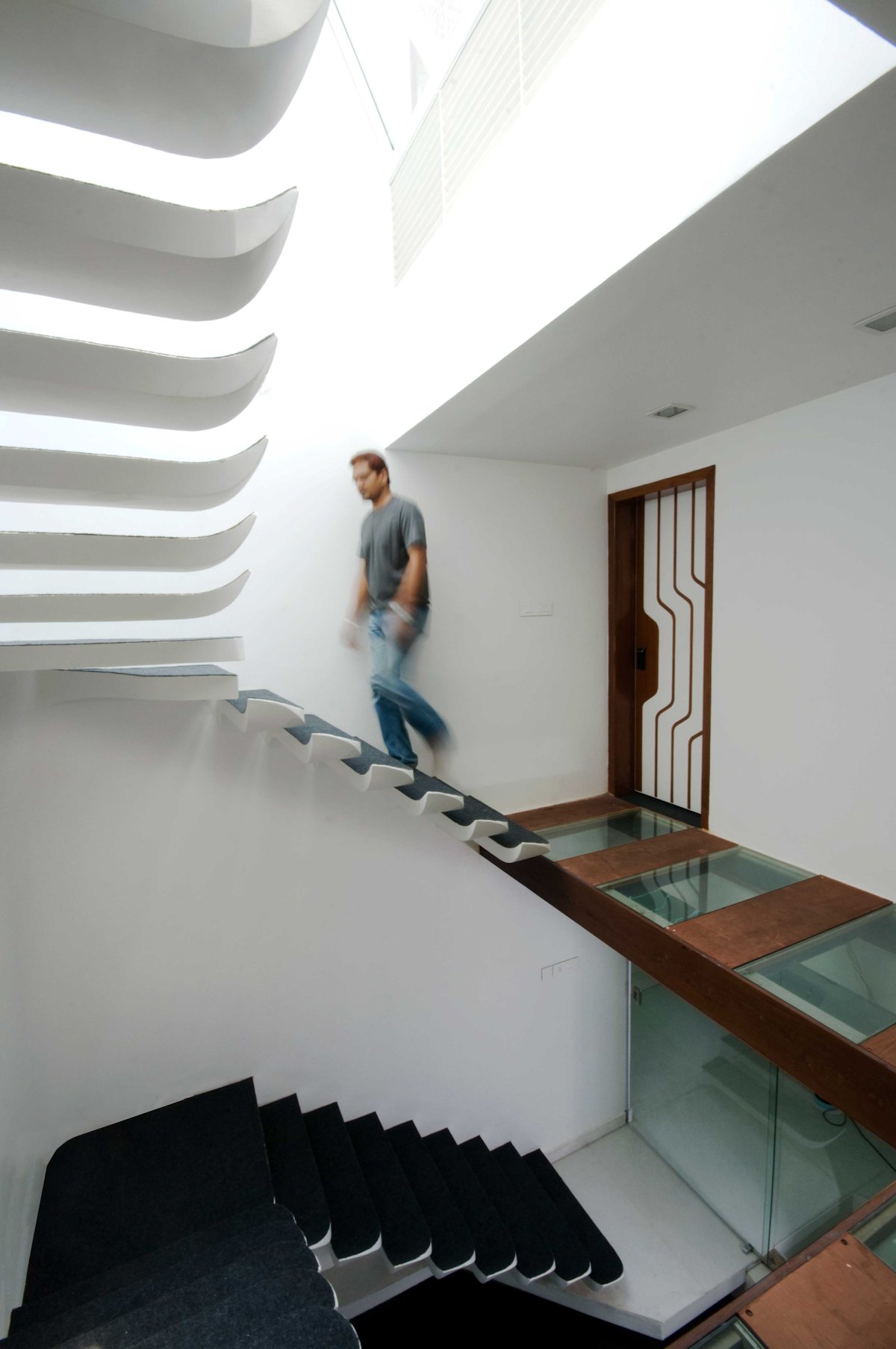
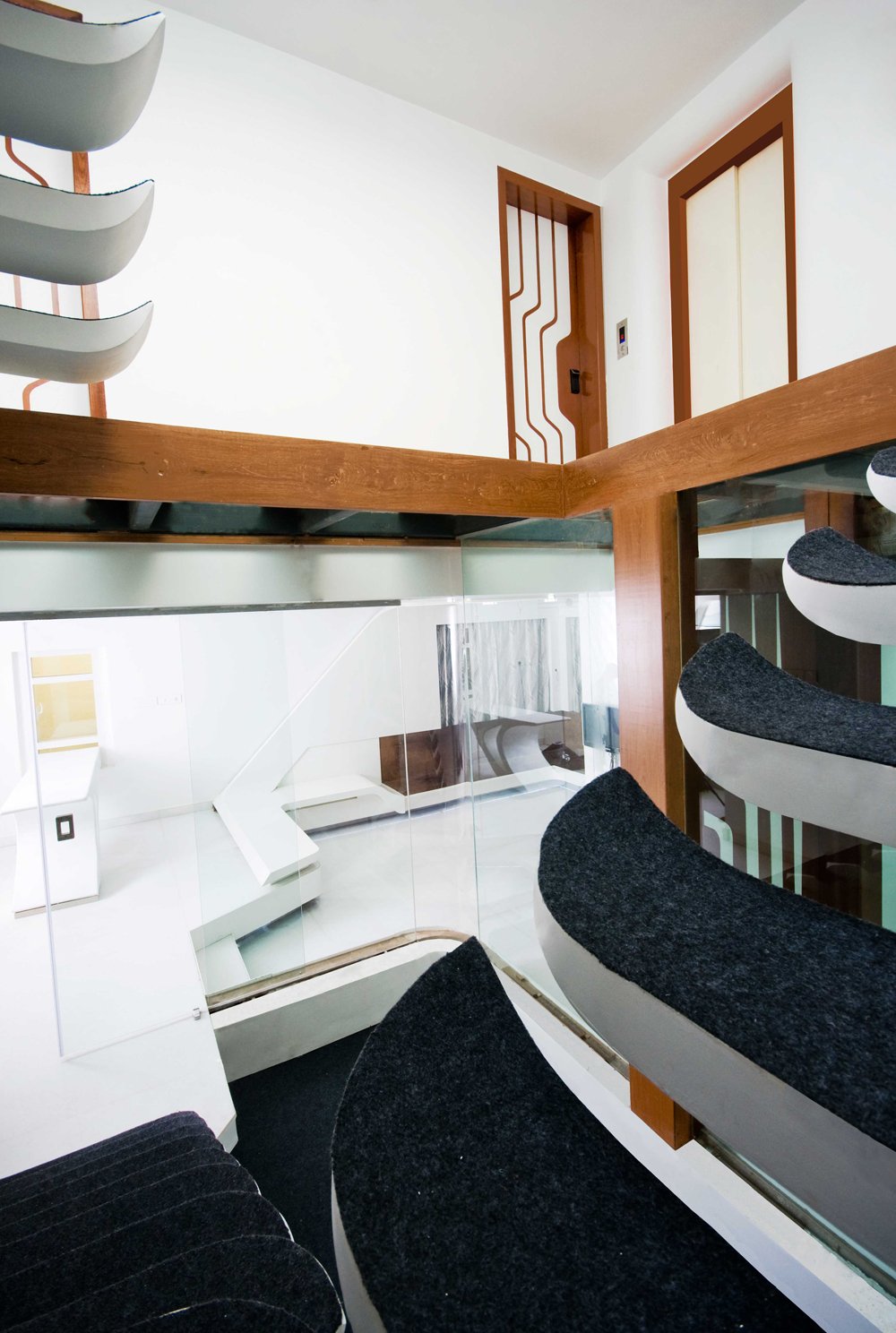
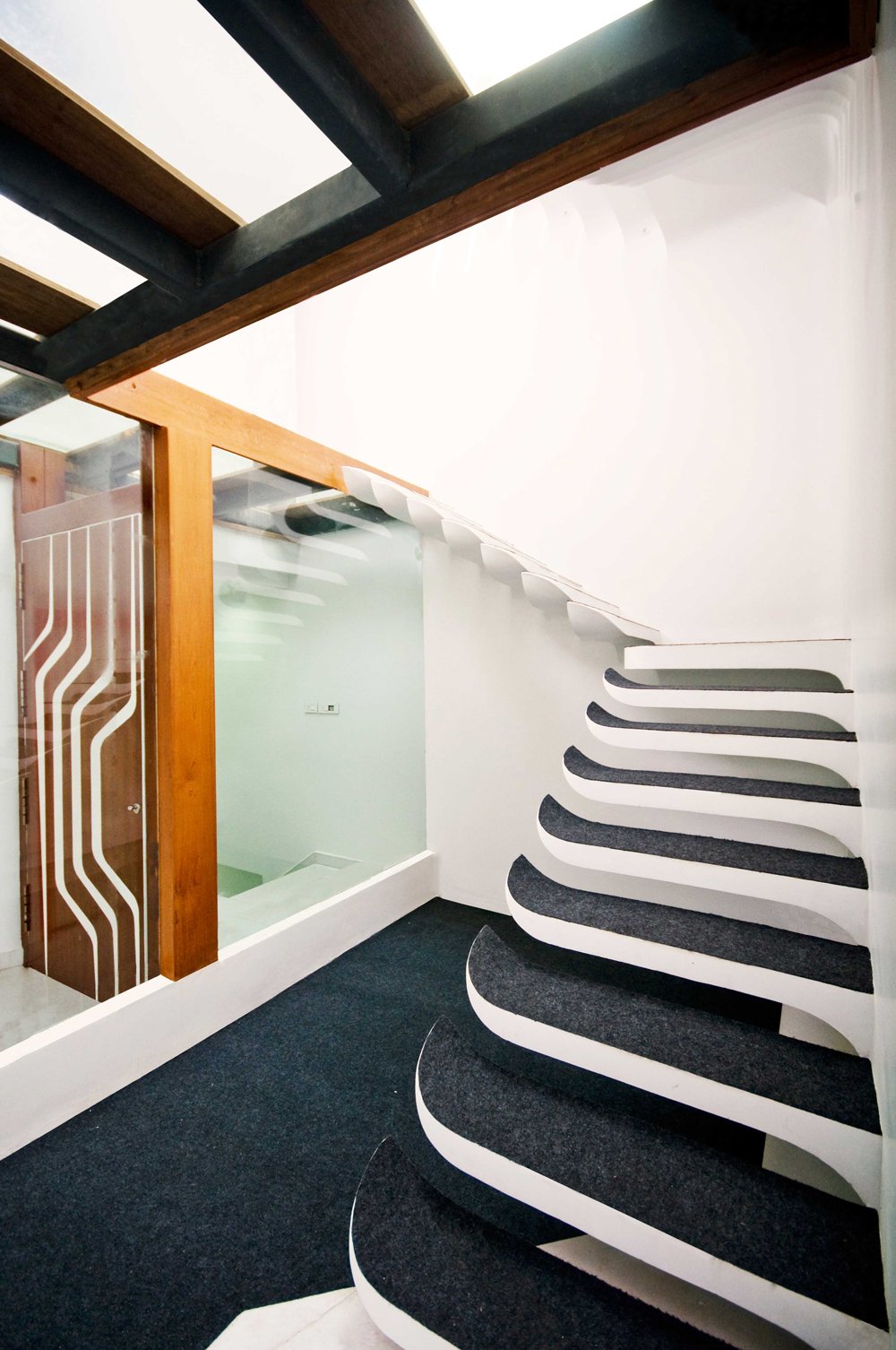
From the SDeG:
Our proposal is located in a dense, urban setting, on an 110sqm plot.
It’s bulbous, undulating appearance sets it distinctly apart in this neighborhood. This was done consciously – to challenge the site’s rigid edges, and formally, to cushion everything visibly grid-like around it.
The seemingly gelatinous concrete envelope is twin-walled, thickened to mitigate heat gains, engineered to form air gaps, and houses customized glazing/building management systems. It was constructed using light-weight cast-in-situ ferroconcrete on wood, fibre glass and steel sheet-moulds. Most parts of the construction involved dexterous masons, and very few mechanized processes, to curb costs.
Programmatically, the house looks inwards – an internal court penetrates the volume and creates several links and relationships within. A series of sculpted cantilevered treads wind upwards along the court’s edges to connect the living and private spaces, leading up to a rooftop pool and media room. The facades respond to the distribution of these functions, evident in the formation of ocular projections.
We imagined a building that merges different qualities – functional and buoyant within; expressive and invigorating in its outward presence.
